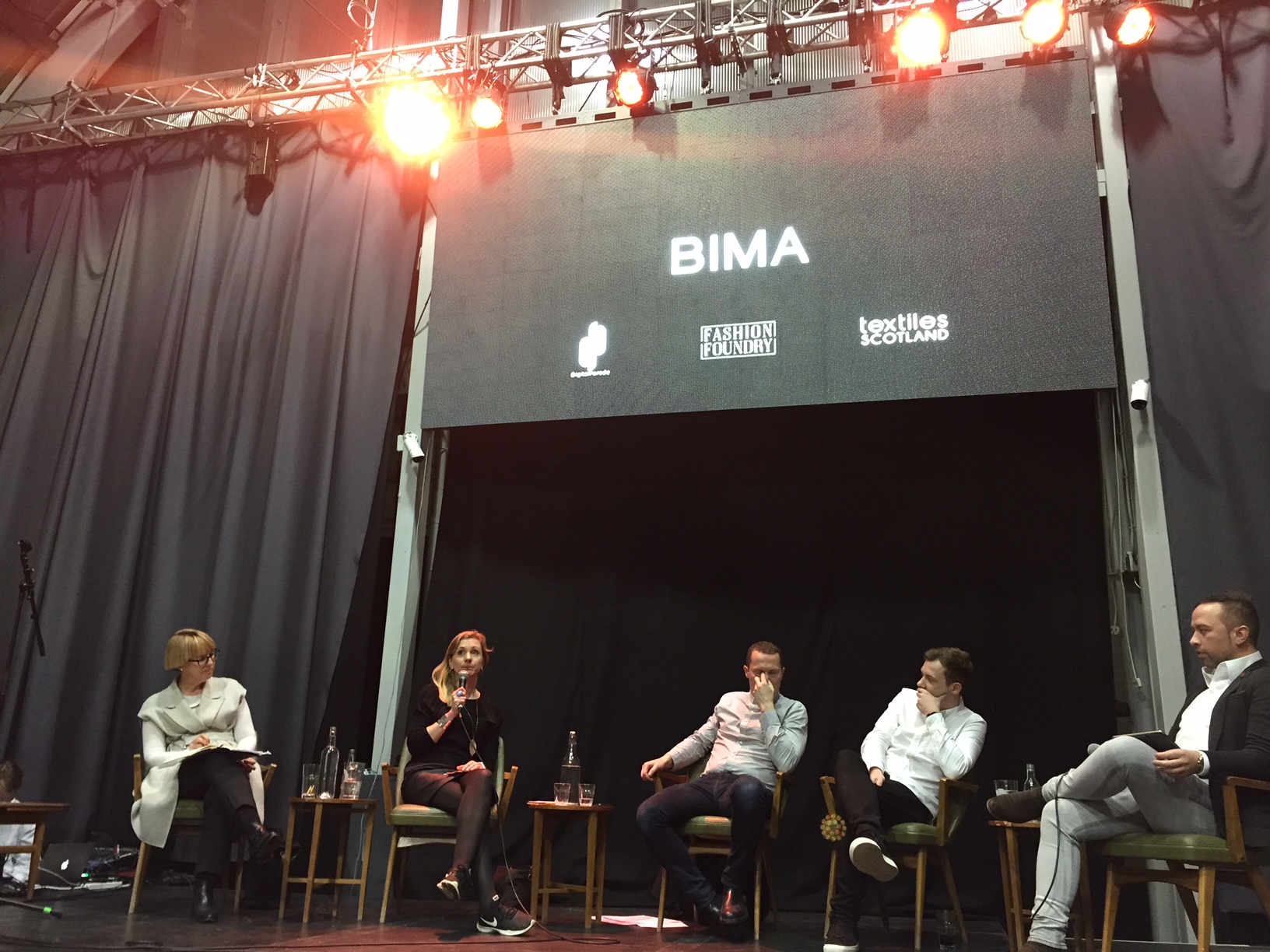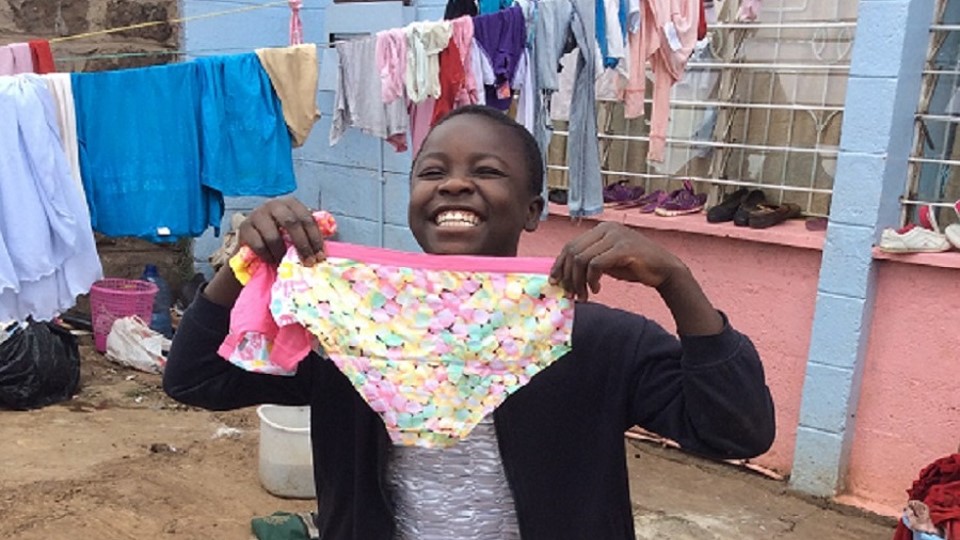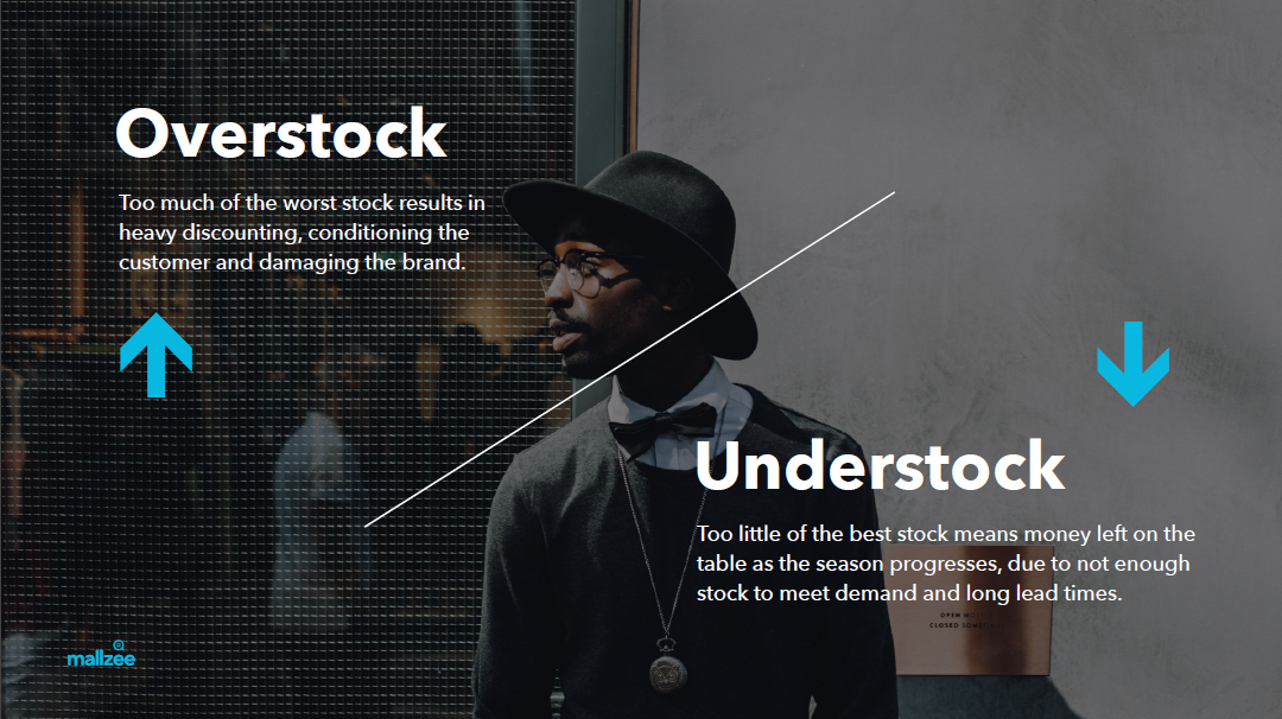On 14th March over 100 people gathered at the historic BAaD for the BIMA Scotland Future of Fashion Evening. Bringing together a diverse panel of experts in the field of digital and fashion (some more digital, some more fashion but all a mix of both), the event was sponsored by the wonderful guys at DigitalParade and supported by Textiles Scotland and the Fashion Foundry.
The scope of the presentations stretched from analysing general trends and influences, to how digital can be used to create an ethical fashion startup, to merging digital with creative to produce beautiful designs, and finally, how we can use vast data to inform fashion design and direct marketing strategy.
A huge thank you to David Simpson, Head of Strategy at DigitalParade for expertly moderating the session.

First up:
Fiona Chautard, Fashion & Textile Industry Consultant, Trends Radar – Digital shifts in the global fashion market
“In a world that has become increasingly immediate, the current way of showing a collection four months before it is available to the consumer is an antiquated idea” Tom Ford
Drawing on her encyclopedic industry knowledge, Fiona was keen to explore how we can use Scotland’s rich textile heritage to support the younger fashion industry. What are the opportunities and challenges ahead? Fiona’s presentation was rich with detail and reference which is hard to condense so I will pull out a few key themes.
Hashtag vs Traditional: here Fiona refers to the “see now, buy now” mentality vs the long term investment. She explored how in this digital age consumers can switch off easily from campaigns that don’t resonate; the marketeers approach of sharing rather than selling. Fiona noted how fashion houses are looking to influencers over super models to populate their fashion shows: Instagram follower stats can trump looks.
Slow vs Fast: we have two fashion markets co-existing
– shortening of the fashion life cycle, speed from design to market, disposable looks, instant gratification
vs
– the desire for crafted products, a connection with the producer, the consumer being part of the product story, a desire to touch and connect – in all the antidote to the fast.
This theme resonates throughout the panel session.
Looks on the rise: diversity, modesty and athletic wear are all rising trends with millennials. Fiona also looks to some of the social drivers of fashion from protest (#MeToo) to social responsibility (the human cost of fashion).
Undoubtedly, the challenges for a small fashion house to compete with the big guys in a fast fashion market are huge but there are opportunities through slow and craft and story telling are there. A digital age brings challenges but it also provides opportunities.
Fiona closed with the happy note that fashion is currently enjoying a “British gone mad” trend from Gucci channelling Harry Styles Fish n Chips chic to Clan Versace.
Lots to watch out for….
Next up Sarah Jordan, whose ethical underwear startup definitely aligns its market position to craft, story telling and social responsibility, with a big help from digital technologies to get there.

Sarah Jordan, Co Founder, Y.O.U underwear – Changing the world one pair of pants at a time: using digital to launch an ethical fashion startup
Sarah’s company Y.O.U. was born from an anger of finding out how many women and children are precluded from every day activities (such as going to school) because they simply do not have underwear. With her business partner she has set up a business based on ethically sourced cotton with a sales model of buy a pair, donate a pair. Of course the product has to be attractive too so time has been spent ensuring the underwear is good quality and desirable. This story sits comfortably within many of the trends cited by Fiona that do not align with the fast fashion market.
Sarah opened by shocking us all with some truly awful stories of hardship in parts of the cotton producing world, illustrating what can be the human cost of fashion. It is easy to see why she was inspired to launch Y.O.U but even with digital capabilities and opportunities that can support small scale startups, the journey is far from straight forward.
Sarah describes herself as a geek not a fashion designer and was interested in how she could use her digital know how. Challenges around marketing, utilising social effectively to get people to like and share, make your story empowering to the customer (they are not passive but part of the story); getting the balance right between a desirable product and the desire to do good. Sarah defines it as “beyond digital”.
Y.O.U. used kick starter to crowd fund and Sarah explained that while it was a fantastic experience it was also very brutal and is certainly not a quick n easy route to funding. Again resonating with Fiona she returns to the importance of story telling and explores the use of immersive tech to transform story telling to story living which she believes is a very powerful tool. “Who made your clothes” can become a powerful message and the use of technologies such as blockchain and IoT will allow consumers to connect directly with who supplied their clothes.
Sarah closed with three predictions for growth in tech’s impact on fashion:
– Smart mirrors
– 3D print
– High tech fabrics
Alan Shaw, Manager, Centre for Advanced Textiles (CAT) at The Glasgow School of Art – Using digital technology to revive heritage design and create bespoke new innovations in textile
Alan opened with a great bit of advice for everyone “never buy the world’s first anything..”. Alan’s Centre for Advanced Textiles (CAT) at The Glasgow School of Art was established in 2000, to explore the commercial and artistic potential of advanced digital print processes and was the first college to offer commercial digital printing on fabric. Although a small team the customer base has a global reach with clients ranging from the Commonwealth Games to small bespoke designers. In fact Alan has often been surprised by the reach of his team’s work having seen it turn up in films and on TV unexpectedly.
A couple of interesting stats about CAT’s output:
– 30,000 m2 Printed and Finished in 2016/17
– 25% of turnover from online orders
Referencing Sarah’s prediction about tech and fabric, Alan talked about a collaboration he did with Linn and Timorous Beasties to digitally print beautiful speaker covers which had to meet a high aesthetic spec as well as developing fabric which would not impair the sound from the speakers.
And the CAT team have been working with key heritage designs from artists such as Lucien Day to recreate their work through digital fabric print. There is a technical challenge here but also the necessity to ensure that the recreation is true to the original piece. A particular challenge was to down scale fabric designs for a project with converse shoes.
The work of Alan’s team also needs to align with the challenges of the fast/slow fashion world. Bespoke over disposable to compete against vast manufacturers of digital print he needs to remain innovative in his approach with a fine eye for detail.

Cally Russell, Founder and CEO, Mallzee – Data led decision making: How Mallzee is changing the shape of the fashion industry by using its unique platform and customer community to shape the buying and merchandising process
Cally describes himself as an accidental fashion entrepreneur and his product, Mallzee – tinder for clothes. The value of Mallzee does not lie just in its ability to aggregate many fashion labels onto one platform but in the data it is able to farm on consumer opinions and desires by its swipe action.
A few Mallzee stats:
– 1.5m registered users
– 500m swipes
– 3m products rated
– Over 150 brands available
– 13 minutes = the average user time on Mallzee
The data gathered through Mallzee can be used to guide decisions around design, quantity of output, where and who to market to. This can reduce waste, avoid under production and lead to a profit margin growth of 3-6%. Cally explained 50.8% of products end up on sale in their lifetime, while 5% of products sell out within the first week. Both of these scenarios cannot be considered commercial success as both lead to lost revenue.
Access to data generated via Mallzee, Cally claims, allows smaller retailers to adopt the principles around data that has been so successful for retail giants such as Zara and HM. Now Amazon is cited as the biggest fashion retailer in the US (in 0 to 3 years) it is clear that access to customer data is key.
Cally was keen to point out that he is not suggesting data replaces creativity, referencing an 80% data / 20% gut feel approach to market, but he is clear that access to the right customer data is essential for upscaling your business.
Finally, Cally was adamant that we should share our problems and look for help. Use mentoring schemes. We need to collaborate, there are people to help but can’t unless they know your problems.
A lively Q&A session followed covering a range of topics from crowd funding to the role of education. We closed with a question from David to the panel, what is your prediction for the next 15 years?
Fiona answered with hope that we don’t lose our connection with clothes, our identity and that collaboration will grow. Sarah saw the role of tech increasing from wearables to sustainability. Alan like Fiona answered with hope that collaboration would grow to support sustainability and that the race to the bottom of the price point would even out to a price that represents a fair price for a product of quality. Cally believes that some our household name retailers will be dead and at some point we will look back and say “what the hell were we thinking…”
A huge thank you to awesome panel, to DigitalParade, Textiles Scotland, the Fashion Foundry, and our wonderful audience (at the BAaD and on twitter).
P.S. you can checkout the speaker sides here